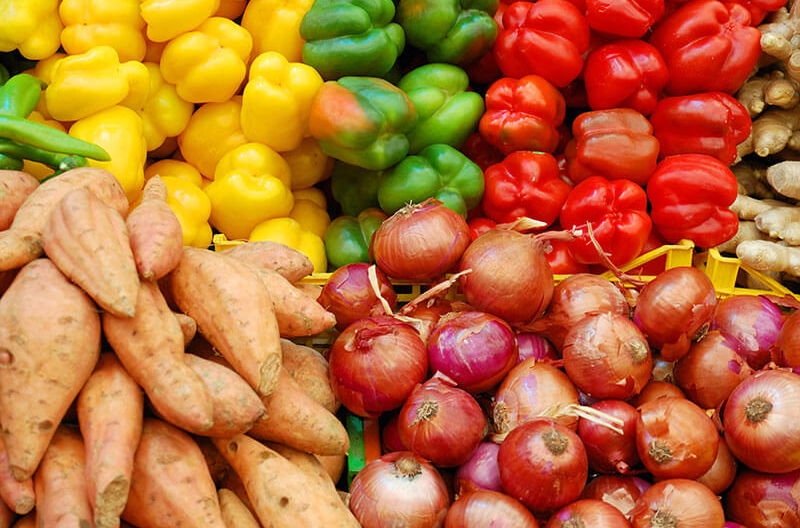Amid continued disruption, IRI, 210 Analytics and IFPA are bringing the industry the latest trends and analysis in fresh produce.
“Inflation has been accelerating since early fall 2021, drought conditions are severe, consumer confidence is low and grocery patterns are switching very rapidly,” said Joe Watson, VP, Retail, Foodservice & Wholesale for IFPA.
The four August weeks brought $57.7 billion in total food and beverage sales, which was up 8.7 percent versus year ago. This was about the same year-on-year increase as seen in July. August dollar sales were up 25.7 percent versus August 2019 – the pre-pandemic normal. Perishables, including produce, seafood, meat, bakery and deli, had average dollar performance, but center-store item sales increased a little more than 10 percent.
Year-on-year gains were inflation-boosted, with unit sales down 5 percent. Unit declines have averaged between 4-5 percent for several months now. Additionally, units dropped below 2019 levels for all areas of the store. Yet, prices having increased more than 27 percent versus 2019 and units down a mere 1.3 percent shows that consumer demand at retail remains strong.
August fresh produce sales reached $5.9 billion, surpassing the record set the prior year by 4.2 percent. However, looking beyond dollars that were highly affected by inflation, unit and volume declined versus August 2021 by more than 5 percent. Volume declines are steeper than unit declines, which may point to consumers moving to smaller pack sizes. The drought conditions may have an impact on these numbers as weather-induced discoloration, bruises or burns are impacting yields. In turn, this impacts in-store availability and price points on lower-quality items.
Fresh produce sales tapered off from $1.51 billion the first full week of August to $1.43 billion the fourth week ending Aug. 28. With it, the year-on-year growth rates fell from a high of 5.5 percent during the first week to 3.1 percent in the final August week. At the same time, volume declines worsened from being down 4.5 percent the week of August seventh to as much as 7 percent the third week of August.
“The fresh share of the business is one metric we watch closely at IFPA,” Watson said. “The year-on-year growth in fresh produce was far below the growth seen in shelf-stable and frozen fruits and vegetables in August. This could be one of the signs of consumers moving into recessionary spending, along with the strength in vegetables versus fruit, and sharpening volume and unit declines.”
Fresh produce pound sales have trailed behind year ago levels since March 2021, but volume pressure sharpened in August. While in July pound sales were down 4.8 percent year-on-year, pounds were down 5.8 percent in August versus August 2021.
In August, fresh fruit added $119 million in sales and vegetables added $120 million when compared to August 2021. Gains were achieved in many different ways. Potatoes, onions, cherries, peaches and nectarines each had inflation of 20 percent or more compared with the average price per pound in August 2021. Berries, tomatoes and bananas had inflation well below the rate for total food and beverages and demand remained strong.
For more information, visit freshproduce.com/insite.

